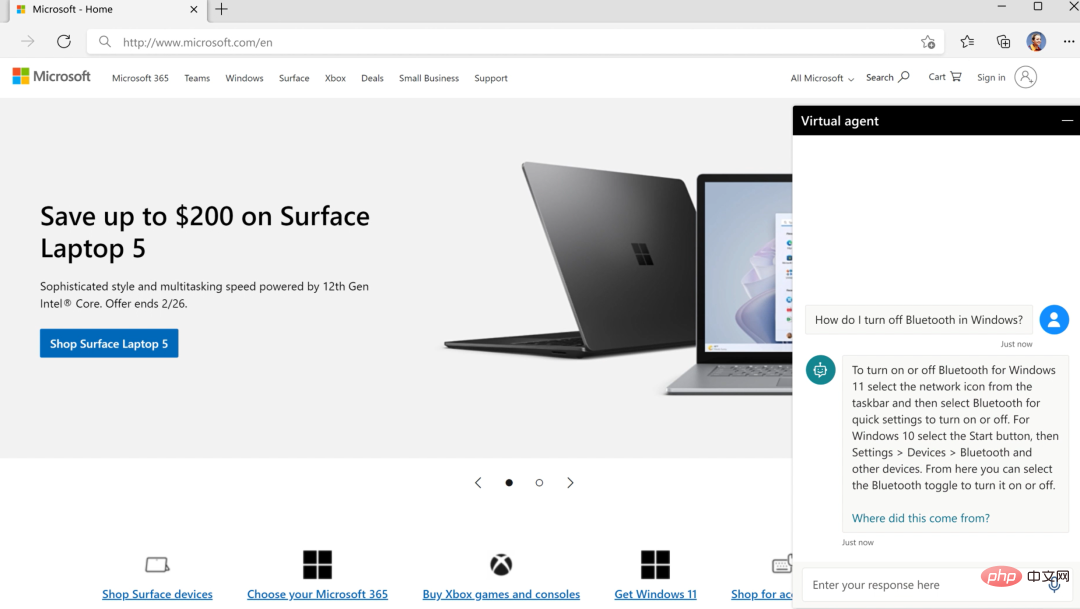
News on March 18. In the past few days, the news that GPT-4 has been integrated into Microsoft Office’s family bucket has spread throughout the Internet. Whether AI will replace workers or assist them is still unknown.
In addition to integrating GPT capabilities into Microsoft 365 and Dynamics 365 services, Microsoft also announced Power Platform Copilot on March 16, allowing AI to develop apps for programmers.

According to Microsoft, Copilot is a new feature of Microsoft Power Platform that can provide AI-powered assistance based on GPT capabilities in Power Apps, Power Virtual Agents and Power Automate , which allows creators to describe the application, process or robot they want in natural language, and Copilot can create it in seconds and provide suggestions for improvements.
With Power Platform Copilot, producers only need to describe the application through a few simple natural languages, and Power Apps will generate the application, not just the interface, but also Includes data tables and business logic.

For example, if a user tells Power Apps to "generate an employee onboarding application, obtain new employee information, and share training content and learning modules," Copilot can automatically generate the application.

Users can also adjust the application through conversations with Copilot, such as adding new columns to the data table, or even filling the data table with sample data, etc. Even if you encounter problems during application production, Copilot can provide users with suggestions for improving the application.

Not long ago, Power Automate announced that it could create automated processes through natural language, but the processes that could be created at that time were only some simpler process requirements.


With Power Automate Copilot, processes can be generated through natural language regardless of the complexity of the requirements. Not only that, Copilot can also continuously optimize and iteratively update the process in a conversational manner, because this Copilot conversation is directly embedded in the Power Automate editing interface.
This allows users to build any desired process using natural language without any Power Automate expertise.


In addition, on the desktop version of Power Automate Desktop, users can also use GPT models to generate text content. A few days ago, in AI Builder The newly integrated Azure OpenAI service can now also be used directly in Power Automate Desktop.
In terms of Power Virtual Agents, the GPT capability has also been successfully added previously. Users only need to introduce a website address to combine their Power Virtual Agents with website content, Connect to knowledge base and other information and let GPT automatically generate answers. This feature allows businesses to quickly provide bot services to customers, such as:


Or build a robot for internal use, such as based on existing policy regulations, performance evaluation and bonus policies, etc. , providing common content queries for human resources.


Now through Power Virtual Agents Copilot, users can directly use natural language to describe the robot process and what they want the robot to do, just through dialogue You can describe them in the way instead of manually creating them one by one as before.
In addition, there is a small update to Power Virtual Agents this time, that is, it can now also be natively integrated into Power Apps.


The above is the result of the Power Platform Copilot released on March 16 and the previous introduction of GPT Experience upgrade, IT House friends, what do you think of the future of this tool?
The above is the detailed content of Let AI develop apps for you in one sentence, Microsoft launches Power Platform Copilot low-code service. For more information, please follow other related articles on the PHP Chinese website!




